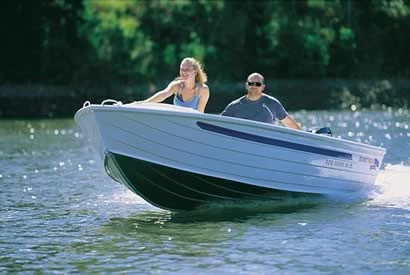Hydroplane Painting Tips – Flawless Finish with These Professional Painting Techniques
Painting a hydroplane to achieve a flawless finish requires attention to detail and adherence to professional techniques to ensure both aesthetics and durability. The process begins with thorough preparation, which is crucial for a smooth application and long-lasting results. Start by cleaning the hydroplane’s surface meticulously to remove any dirt, grease, or old paint residues. A high-quality degreaser and a scuff pad or sandpaper can help achieve a clean, roughened surface that allows for better paint adhesion. Once the surface is clean and prepped, it is essential to address any imperfections. Inspect for dings, scratches, or dents and repair them with appropriate fillers. Sand these areas smooth, ensuring they blend seamlessly with the surrounding surface. For a hydroplane, which often has a high-speed impact on water, the surface needs to be exceptionally smooth to reduce drag and improve performance. Use a fine-grit sandpaper for the final sanding to create an ultra-smooth base for the paint.

Priming is the next critical step. Apply a marine-grade primer that is compatible with both the hydroplane’s material and the topcoat you plan to use. Primer enhances paint adhesion, provides a uniform base, and helps prevent rust or corrosion. Apply the primer in thin, even coats, allowing each coat to dry fully before applying the next. This process helps achieve a consistent and flawless finish. When it comes to painting, use high-quality marine paints designed for high-speed watercraft. These paints are formulated to withstand harsh marine environments, including UV rays, saltwater, and abrasion. Before painting, ensure the area is well-ventilated, and use a dust-free environment if possible to avoid contaminants settling on the wet paint. Spray application is often preferred for a smooth, even coat. Maintain a consistent distance from the surface and apply multiple thin layers rather than one thick coat to avoid drips and runs.
Allow each coat to dry completely as per the manufacturer’s instructions before applying the next. This step is vital for ensuring that the paint adheres well and achieves a durable finish. If your hydroplane design includes intricate patterns or multiple colors, use masking tape and stencils to achieve clean lines and precise edges 10+ Hydroplane Painting Tips. Carefully remove the tape only after the paint has fully cured to avoid smudging. Finally, after the paint has dried and cured, consider applying a clear marine topcoat for added protection and shine. This layer will not only enhance the appearance of the paint job but also protect it from environmental damage and wear. Regular maintenance, including cleaning and inspecting the paint, will help keep the hydroplane looking its best and performing optimally. By following these professional painting techniques thorough preparation, meticulous priming, careful painting, and finishing with a protective topcoat you can achieve a flawless, long-lasting finish that enhances both the aesthetic appeal and performance of your hydroplane.
